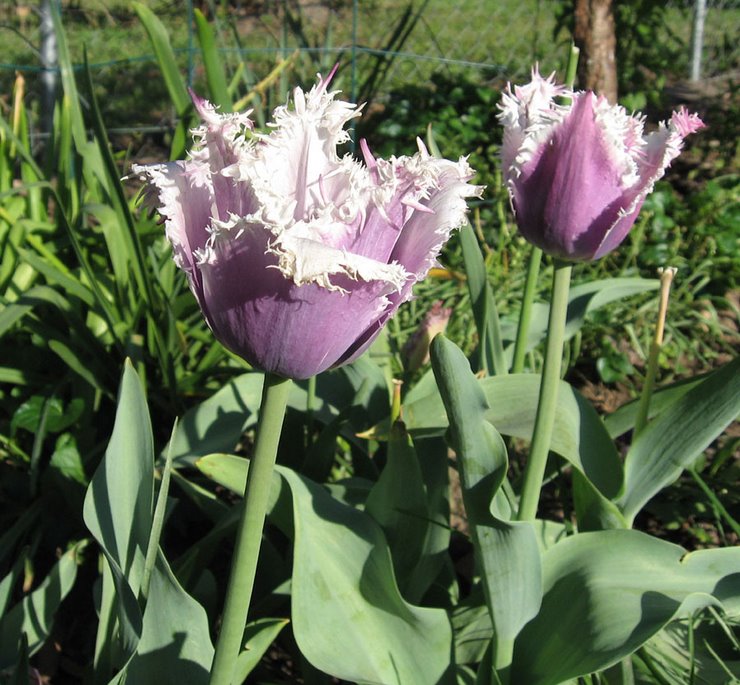One of the things I learned very quickly is that the little flowerpots that I'd had for houseplants were much too small for outdoor use. They held so little soil that plants dried out very quickly in the hot summers here, and even watering twice a day wasn't enough. So I gradually began buying larger pots. But huge flowerpots full of soil can be too heavy for one person to move around. Plus, the pot material can make a difference in durability, and in holding water.
Flower pots made of plastic are fairly light for moving around and can be relatively inexpensive, but don't last very well with extreme temperatures. Plastic containers hold more moisture than unglazed clay pots,which absorb the moisture pretty quickly. Clay pots also shatter easily. I like pots made of fiberglass, or from polyurethane foam. The foam pots are really light for their size. If they don't have drainage holes, it's easy to drill one.
Some gardeners get really creative with containers for their plants. People have been known to grow plants in old buckets, kitchen pans and bowls, a child's wagon, old wooden or metal boxes, discarded bathroom fixtures, and even an old boot! Just be sure your container can hold water (line porous items with plastic) and have adequate drainage.
Another way to keep your container plantings moveable is to get containers with casters. In recent years, I have been able to find nice, fairly large rectangular planters with casters. You can also get plant saucers with built-in casters, so that you can roll a planter around.
Then there are hanging baskets of all kinds. I don't have much luck with coco fiber or moss baskets, as they have such good drainage that they simply dry out too fast. I have a few that I use where they won't be in the sun very much, but for the sunny patio, I have plastic hanging baskets.
When setting up a container planting, don't use regular garden soil. It needs it to be lighter, and have good drainage, yet hold water so that your plant doesn't dry out too quickly. A basic container potting mix is one part peat moss, one part perlite, and one part loam. Cheaper mixes will sometimes substitute sand for perlite. Plants need both water and air (good drainage) for their roots. The peat moss holds water, and the perlite opens up the soil and gives good drainage to prevent root rot.
There are lots of variations on this basic soil mix. Coir (coconut fibers) may be used instead of peat moss. Vermiculite may be used in addition to or instead of perlite. There are other materials that may be used as well, depending on what you are growing, and where. It's easy to learn to mix your own potting soil, and a lot cheaper than buying premixed.
With container plantings, you can enjoy a garden of your own in any outdoor space, even a tiny balcony or patio.


No comments:
Post a Comment